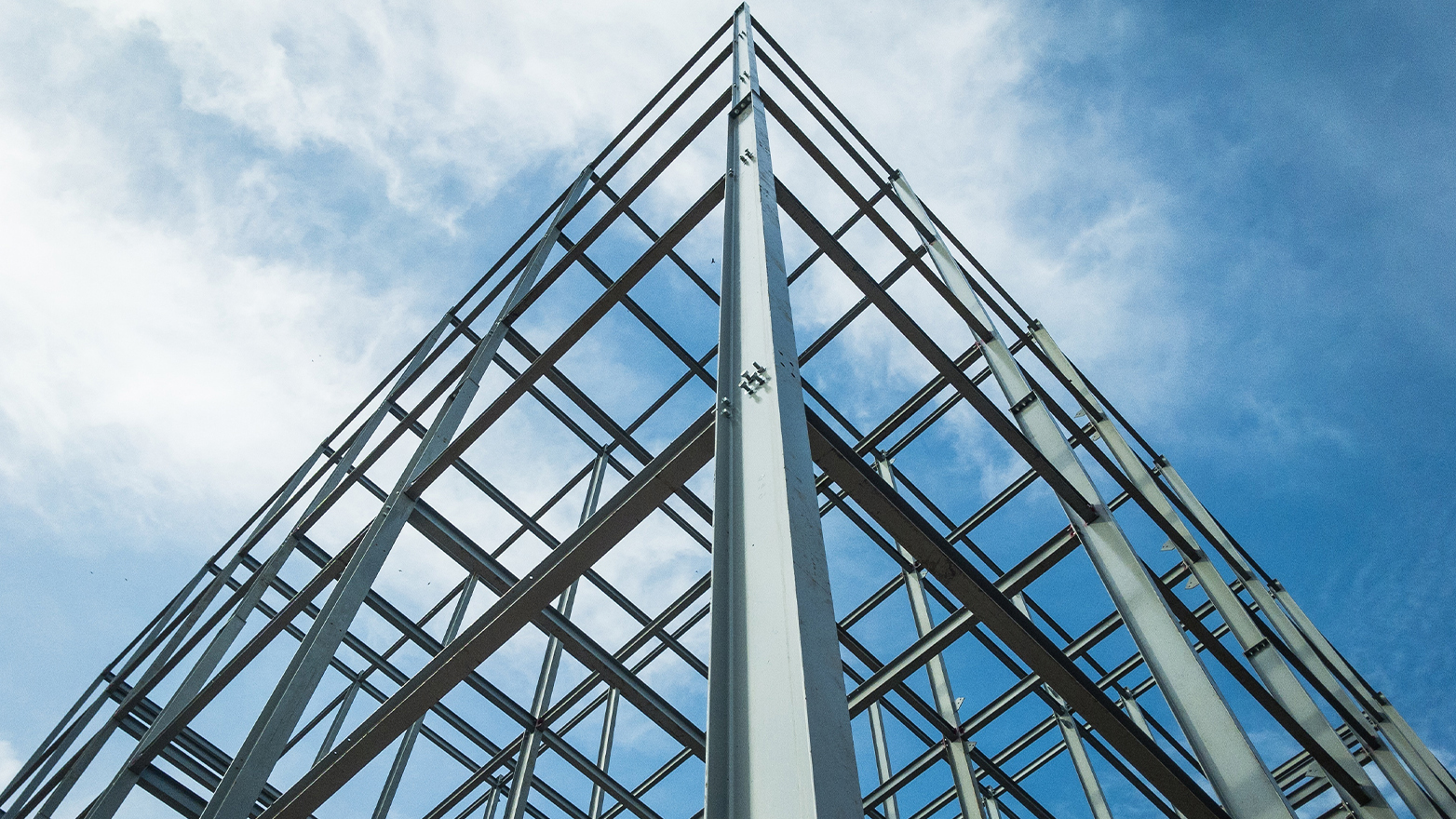Construction spending continues to grow
Multifamily and manufacturing construction show big yearly increases.

August 1, 2023
Construction spending rose 0.5% in June, slightly missing expectations, after May’s spending figures were revised higher. Spending was largely propped up by housing construction. Compared to a year ago, spending is up 3.5%, as infrastructure investments from both the private and public sector are gaining steam.
Construction costs, as captured by the inputs to construction industries in the producer price index, fell 5.3% compared to a year ago in June; the largest drag on costs came from energy inputs. Wages and salaries for construction workers in the second quarter decelerated to a 4.6% pace from a year ago and fell to a three-month percentage change of 0.4%, the slowest pace since the second quarter of 2017. While workers are still hard to come by, the premium for construction wages compared to overall wages remains below its early 2000s average.
Private residential construction grew 0.9% in June as single-family and multifamily construction spending posted gains. Single-family construction spending was up 2.1% in the month, as builders are still seeing strong demand for newly built homes; inventory shortages in the resale market remain acute. Permits have been rising over the past six months and appear to have bottomed in January of this year. The concern is that the average 30-year fixed mortgage rate hit above 7% in July, which will dampen demand from buyers.
Multifamily construction spending was up 1.5% in the month and 21.8% higher than a year ago as demand from newly formed households is a tailwind for apartments. Rising mortgage rates and record-high home prices have pushed many to rent instead of buy. A record number of apartments are currently under construction. Rents have fallen in some regions, but not in those which have seen the greatest number of apartments coming on line. Demand in the Southeast remains especially robust.
Private nonresidential construction spending was flat in the month after May spending was revised higher. Manufacturing infrastructure has replaced commercial infrastructure as the largest spending category and is now 80.7% higher compared to a year ago. Of that, computer, electrical and electronic equipment manufacturing rose to another record-breaking level in June as impacts from recent federal legislation are just beginning to be felt.
Public construction spending, the bulk of which occurs at the state and local levels, grew 0.3% in June. Severe weather events across the states this summer will keep governments spending on repairs and upgrades to roads, sewage systems and power grids.
The pace of growth in construction spending is slowing slightly, as builders face tightening credit conditions and continued labor shortages.
Bottom Line
Strong demand for housing and renewed interest in bringing manufacturing home is buoying construction spending. Construction is a highly cyclical sector, which is why it is unique that the sector is showing robust growth in this stage of the Federal Reserve’s tightening cycle. The pace of growth in construction spending is slowing slightly, as builders face tightening credit conditions and continued labor shortages. The Federal Reserve’s July hike brings interest rates to a 22-year high and will remain a hurdle to how much construction spending can grow for the rest of the year.
Explore more
Subscribe to insights from KPMG Economics
KPMG Economics distributes a wide selection of insight and analysis to help businesses make informed decisions.
Meet our team

